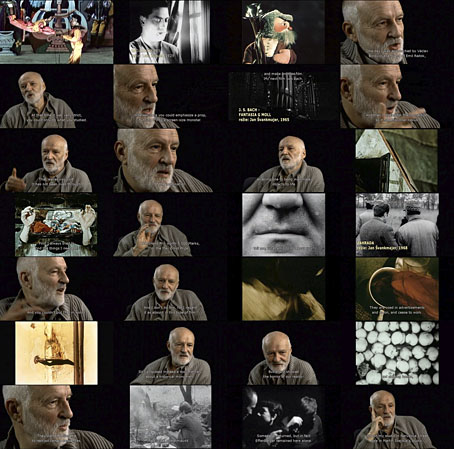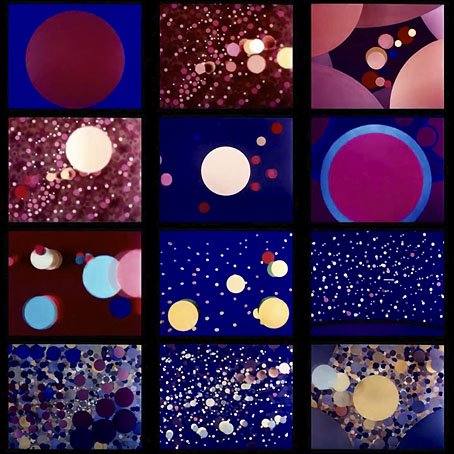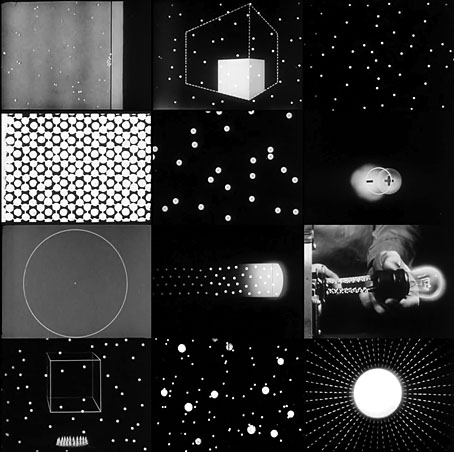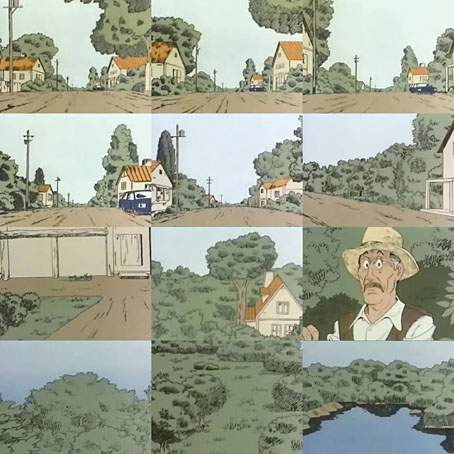
As I have always said, my aim is to make Surrealist documentaries. I want to show that our world is imaginative by nature, that you can look at it imaginatively. It has something that escapes the quotidian gaze. And it is possible to reveal it through the technique of animation. Animation thus becomes a sort of new alchemy.
Thus Jan Svankmajer whose production company, Athanor, is named after the furnace used by medieval alchemists. Jan Svankmajer, Director (2009) is an hour-long documentary by Martin Sulík, one of several films from Golden Sixties, a Czech television series about film directors. Svankmajer has been the subject of several documentaries following his rise to international prominence, one of which, Les Chimeres des Svankmajer (2001), may be found on the BFI’s DVD set of the complete short films. Martin Sulík’s documentary doesn’t cover as much ground as the French film—the focus is on the 1960s—but has an advantage by allowing Svankmajer to talk at length about his work. Topics include his discovery of the usefulness of animation, his approach to filmmaking (and art in general), and peripheral subjects such as the soundtrack music of Zdenek Liska, and the activities of the Prague Surrealist group. (Via MetaFilter.)
• Jan Svankmajer, Director: Part one | Part two | Part three | Part four
Previously on { feuilleton }
• Don Juan, a film by Jan Svankmajer
• The Pendulum, the Pit and Hope
• Two sides of Liska
• The Torchbearer by Václav Svankmajer




